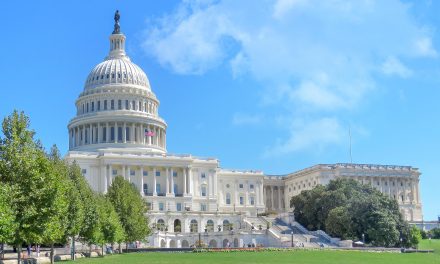Many cities face a costly process and unrealistic timelines when required under the Clean Water Act to eliminate sewer overflows. However, due to continuing dialogue with local governments, the U.S. Environmental Protection Agency (EPA) signed a memo Jan. 18 agreeing to clarify its method for analyzing a municipality’s financial capability when developing compliance schedules for sewer overflows.
The agency plans to continue use of the 1997 Combined Sewer Overflow Guidance for Financial Capability Assessment and Schedule Development, which has been criticized by the U.S. Conference of Mayors and the wastewater industry. Much of the criticism is focused on the guidance that 2% of median household income be used to determine affordability of rate or tax increases required to meet Clean Water Act requirements. This figure is not necessarily representative of the amount all ratepayers can afford. However, the memo states that the 2% guidance should be only one of many considerations and that a full range of financial indicators should be used to determine the most appropriate compliance schedule. EPA also writes that it will work with regional offices to facilitate consistent policy implementation across the U.S.
Additionally, EPA writes that the agency will consider benchmark indicators beyond household, utility, and community affordability, such as increasing arrearages, late payments, disconnection notices, service terminations, and uncollectable accounts. EPA will also focus on the limitations and opportunities inherent in rate structures, additional municipality obligations, and innovative financing tools. The agency’s integrated planning effort also emphasizes prioritization of Clean Water Act responsibilities.




